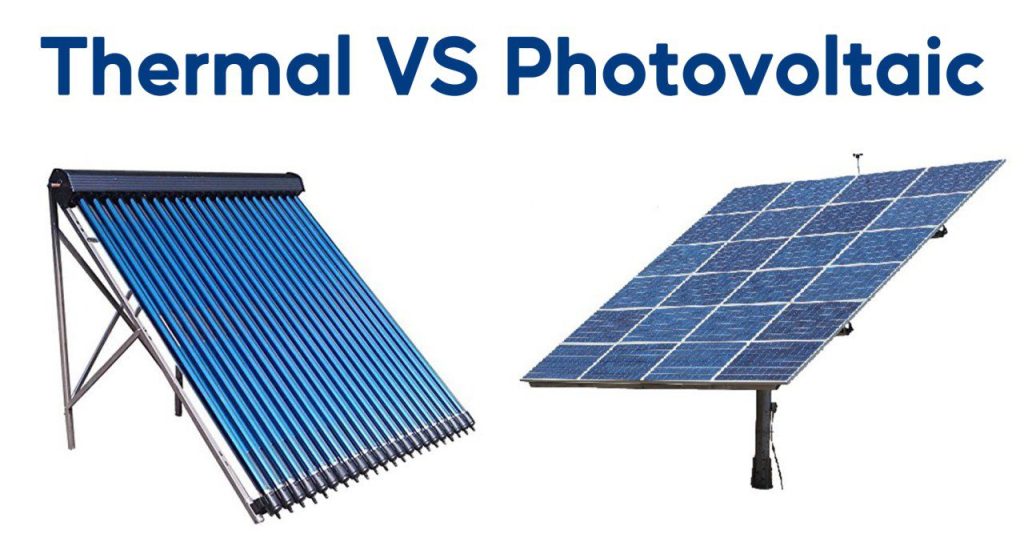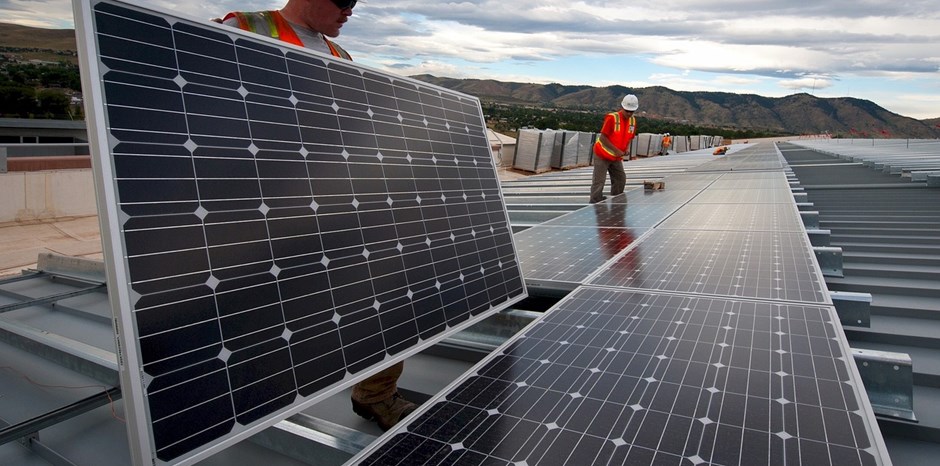
The renewable energy market has recently shifted from a growing industry slowly gaining traction into a mature full-blown industry standing […]

Solar panels are touted as the main solution to climate change, and the amount of solar power harnessing has been growing exponentially globally. Below is Statista report on the cumulative installed solar PV capacity globally since the year 2000 in megawatts.

However, like any other revolutionary technology or idea, solar panels have a downside resulting from the several pieces and elements used for the construction of the panels.
Some parts that make up solar panels have been found, through testing, to be harmful to human health and the environment, especially at high levels. As a matter of fact, the United States Environmental Protection Agency (EPA) considers solar panel waste to be hazardous when in higher quantities.
Accordingly, owners should take careful measures to properly dispose of solar panels .
For instance, the EPA encourages people owning solar panels to reach out to their recycling facilities to get information on how to dispose of or recycle solar parts at the end of their life.
While such an approach may be considered effective, since it is not enforced and disposal measures aren’t readily available, encouragement does not guarantee long term success as people could easily choose to just dump the waste in the trash with other landfill waste.
While solar panels are revolutionary in combating climate change, their use and effect at the end of their lifetime has not been adequately sorted. That is why panels quickly become a problem after they’re no longer in use.
Here are some interesting facts about solar panels to consider:
Acknowledging the fact that solar panels will eventually no longer be in use is an important first step because it will eventually spark the discussion of how we can responsibly deal with, recycle, or reuse solar panels at the end of their usefule life.
One thing to consider is that the solar panels are made up of several constituent materials including crystalline silicon cells insulated on both sides by polymer and glass sheets and held together by a frame made of aluminum.
The panel also includes a junction box with copper wiring that channels the electricity generated to where it needs to be used.

This means that recycling solar panels can be achieved in a way that harnesses each of these elements separately and reuses or repurposes them appropriately.
As it is, most of the recycling of solar panels being done currently targets aluminum and copper and disregards the remaining parts.
The best part about adopting this approach to recycling solar panels is that it makes solar systems more profitable for individuals who recycle as one can earn more from the recycling of each part rather than just two or three bulk items.
From an environmental conservation perspective, being able to account for every part of the solar panel in recycling means there is less waste that goes to landfills, resulting in reduced toxins that cause hazardous environmental conditions.
The best strategy to combat solar panel toxicity is to reduce waste that ends up in landfills.
And the best way to do that is by encouraging the public and the manufacturers to adopt responsible recycling. This is initiated by having proper recycling procedures and destinations and communicating this effectively to the public.
It is necessary to invest in recycling of solar panels as a strategy to improve cost-to-revenue ratio.
Having well-equipped stations where the solar panels can be deposited to get stripped for constituent materials that are then separated, recycled, and reused is economically sound, apart from being a solution to the toxicity problem associated with them.
Investing in equipment and facilities that improve the recovery process and reduce the rate of waste production also decreases spending on securing new parts.
The other strategy that has worked successfully for other recycling initiatives is incentives. Formulating appealing incentives would encourage the public towards embracing responsible recycling of solar panels.
As an example, users could get paid to replace damaged or old solar panels or they could receive reduced prices on new solar panels if the old ones are handed in. Such initiatives could go a long way to reduce solar panels in landfills.
Solar panels can be toxic, but this largely depends on how they are disposed of after use. There is room for improvement with better education, efficient recycling processes, establishment of proper infrastructure, and incentives.